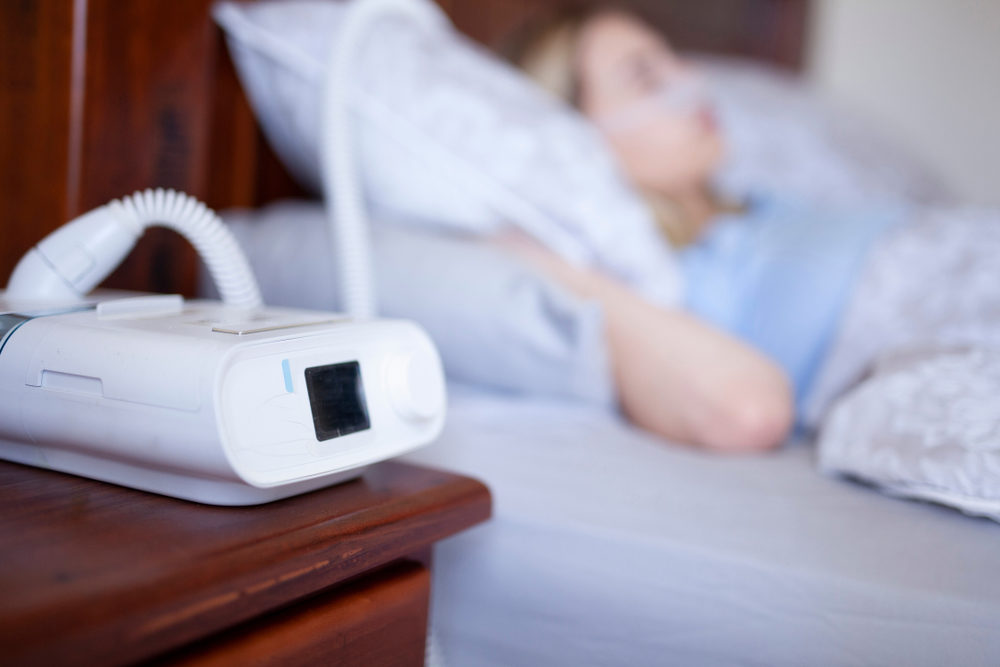
Alabama Man Files Class-Action Lawsuit Against SoClean for CPAP Foam Degradation
Though most plaintiffs who believe they were harmed by the recalled Philips CPAP and Bi-PAP devices blame the maker of those devices, some are also blaming ozone-cleaning device manufacturer SoClean.
That’s what an Alabama plaintiff has done in his new SoClean CPAP lawsuit, recently filed in the U.S. District Court for the Southern District of Alabama.
Philips Blames Ozone Cleaning for Foam Degradation
When Philips recalled many of its breathing devices on June 14, 2021, it stated that the sound abatement foam in the devices could degrade over time, potentially sending foam particles and toxic chemicals through the device’s air pathway. There, they could be inhaled or ingested by the user.
Philips added in its recall notice that unapproved cleaning methods, such as ozone, could contribute to foam degradation.
SoClean has since argued that Philips cannot blame its device problems on SoClean, and it has filed a lawsuit against the company. But Philips has not changed its position on the issue and points to the FDA’s warnings concerning ozone cleaning.
Indeed, the FDA reported in February 2020 that devices claiming to disinfect or sanitize CPAP devices or accessories using ozone gas or UV light “are not legally marketed for this use by the FDA in the U.S., and as such, their safety and effectiveness for use with CPAP devices and accessories is unknown.”
William H. Maisel, M.D., director of the Office of Product Evaluation and Quality in the FDA’s Center for Devices and Radiological Health, stated that exposure to high levels of ozone gas “may worsen a patients’ existing chronic respiratory diseases or increase the chance of a respiratory infection.”
The FDA advised consumers to follow the cleaning instructions provided by the CPAP’s manufacturer, which normally include regular cleaning with soap and water.
Plaintiff Claims SoClean Misled Consumers About Use of Ozone Gas
The Alabama plaintiff has filed a class-action lawsuit against SoClean, stating that the company misled consumers when advertising its CPAP cleaning device.
SoClean devices work by generating ozone to sterilize and deodorize CPAP and other similar respiratory machines. Ozone is an unstable toxic gas that can kill bacteria and viruses.
Yet SoClean failed to disclose to consumers that its devices emit ozone, falsely representing that its devices used “activated ozone” instead. It also stated its devices were safe and healthy, and used “no harsh chemicals,” even though ozone gas is a harsh chemical that can cause respiratory issues in humans.
“SoClean devices are so dangerous and destructive,” the plaintiff states, “that several of the largest manufacturers of CPAP machines in the United States require purchasers to acknowledge that they have been informed that if the purchaser uses a SoClean device to clean their CPAP machine, the warranty of their CPAP machine will be voided.”
Philips CPAP Lawsuits Increasing
The plaintiff seeks to represent himself and all other citizens of Alabama who purchased or used a SoClean device to clean and sanitize their CPAP, Bi-PAP, or ventilation machine.
Meanwhile, Philips faces an increasing number of lawsuits filed by plaintiffs who seek to recover damages after having to purchase new CPAP machines themselves, or who used the machines for years and then suffered injuries.
The U.S. Judicial Panel on Multidistrict Litigation (JPML) recently ordered all federally filed Philips CPAP lawsuits to be centralized in the Western District of Pennsylvania.

Exclusively focused on representing plaintiffs—especially in mass tort litigation—Roopal Luhana prides herself on providing unsurpassed professional legal services in pursuit of the specific goals of her clients and their families. While she handles complex cases nationwide on behalf of consumers, Ms. Luhana resides with her family in Brooklyn, New York.










Comments for this article are closed.